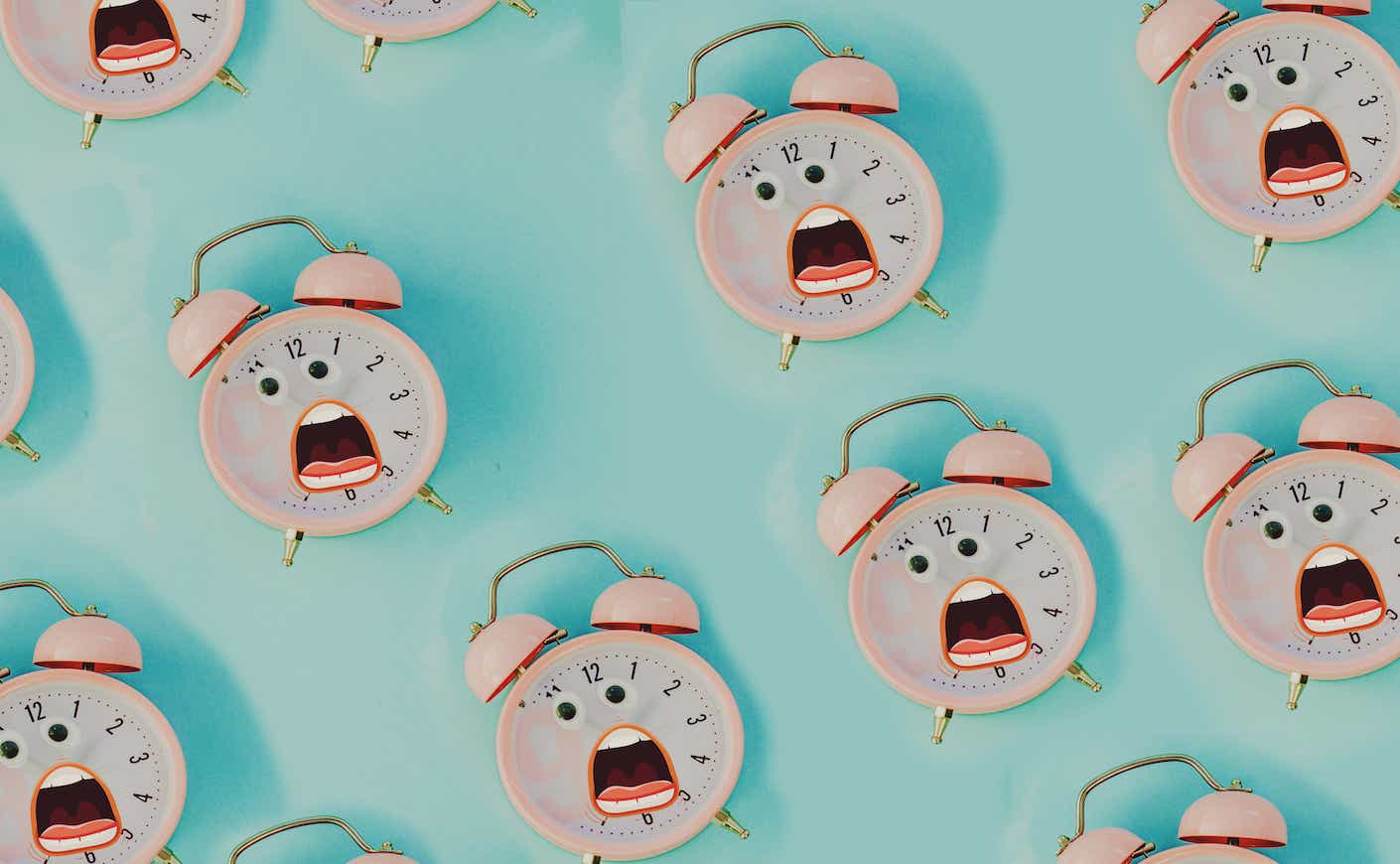It’s that time of the year again: when we all oversleep or can’t sleep or simply cannot figure out what time it is. Yes, it’s time to turn the clocks back as we leave daylight saving time and enter standard time. On Nov. 6, we’ll turn the clocks back an hour, signaling the unofficial start of winter. The good news is you could get an extra hour of sleep. The bad news is that the days get shorter and darker, meaning you might be starting your day in the dark mornings, making you want to fall back into bed (see what we did there?).
But, adjusting to the new schedule doesn’t have to be such a chore. There are ways around it, just like there are tips and tricks to adjusting to a new time zone to avoid jet lag. We spoke to Rebecca Robbins, Ph.D., instructor in medicine at Harvard Medical School, associate scientist at Brigham & Women’s Hospital, and sleep expert at The Benjamin Hotel in New York City, about how to prep the body to make sure your sleep doesn’t suffer.
“The fall back to standard time is far easier for us from the standpoint of our sleep and circadian rhythm than the springtime transition to daylight saving time when we roll the clocks and lose one hour,” Dr. Robbins tells KCM. Below, she breaks down how to capitalize on the time change this weekend to improve your sleep and start off winter on the right foot from the standpoint of our sleep and health as cold weather approaches.
1. Go to bed at your usual time before the time changes
“Resist the urge to stay up!” Dr. Robbins urges. “This will allow you to wake up (hopefully) at your normal time, which will be one hour earlier this Sunday.” She warns, “Staying up and sleeping in this weekend may impose circadian misalignment, or the state of confusion where our biological clock is mismatched with clock time.” She adds, “This will also cause you to be very sleepy close to bedtime. Perhaps go to bed early, and start the week off on a great foot when it comes to your sleep and daytime performance!”
2. Start a soothing bedtime routine
If you are not already doing so, start a relaxing wind-down ritual before bed that hopefully, you can keep every night. “Good activities for a bedtime routine include taking a warm bath, listening to soothing music, or reading for fun,” says Dr. Robbins. “We recommend doing so because it is a myth that we can simply go from our high energy, productive daytime activities, like working, emailing, and scrolling social media, to sleep. Instead, falling asleep is a process and it’s important to fill the time before we want to fall asleep with soothing activities so that we can drift off to sleep.” She says to avoid bright lights from devices during this time, “or change settings (such as via nightshift on an iPhone or flux on an Android device) to change the temperature of the color from your screen to be more ‘warm,’ which will dampen the negative impact of bright blue screens on sleep.” This is also the perfect time to throw on your blue light glasses, like Caddis’ blue light blocking readers, which block 45 percent of harmful blue light.
3. Get exposure to the natural, morning light this Sunday, and in the afternoon if you feel sleepy
“Sunlight is the strongest ‘zeitgeber,’ or cue to our internal physiological rhythm,” says Dr. Robbins. “In addition, exposure to bright, natural light has a similar alerting effect as caffeine without the jitters.” So, when you wake up Sunday, she advises that you get outside into the natural sunlight as soon as possible. “This will give your circadian rhythm valuable information on the morning time our brains are to be alert.” She adds, “Conversely, the absence of light at night is what allows melatonin to secrete and sleep to follow at night. Getting exposure to natural light is the best, most efficient way to change to a new time, either when you’re traveling or this weekend during the time change.” If you’re feeling tired in the afternoon, instead of reaching for another cup of coffee, which might disrupt your sleep at night, Dr. Robbins suggests getting outside and going for a walk or a run in the natural air.

4. Do a bedroom refresh
Ideally, your bedroom is a sanctuary for good sleep and a space that you walk into and feel instantly soothed and relaxed. “Use this as an opportunity to reassess your bed, pillows, and bedroom design. Ensure that your bedroom is free from stressful elements, such as devices with buzzers, cable boxes with flashing lights, and bright, alerting colors.” Dr. Robbins suggests installing blackout shades, so the early morning sun doesn’t disrupt your sleep. “Make sure your bedroom can go down to 65-67 degrees F, because a cooler bedroom will promote our ability to fall asleep and maintain good sleep.”
5. Toss and turn? Get out of bed
Seriously. If you can’t sleep, get up! “If you experience any insomnia-like symptoms with the time change, do not stay in bed and toss and turn!” Dr. Robbins warns. “This will cause us to look at our bed as a stressful place. Instead, leave the bed and go to a separate room or sit in an armchair, practice a meditation exercise, keep the lights low, read a book (for fun!), and go back to bed when you are tired.









